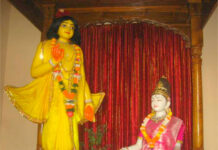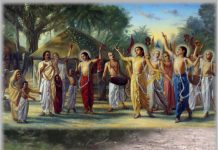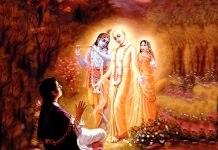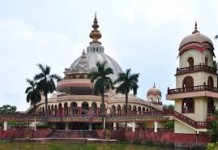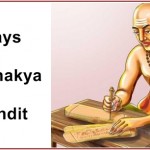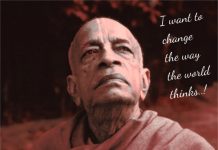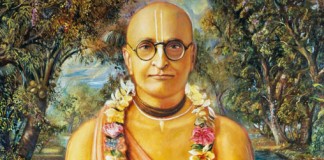Situated in the Morena district of Madhya Pradesh, the Kakanmath temple is a well-known Shiva temple of it’s era. Apart from being infamous for its armed dacoits of the Chambal ravine and forests, the district of Morena holds a rich cultural and historical legacy of grandiose architecture.
About a few kilometers from the village of Suhoniya, once the capital of the Kushwaha kings. Also known as the Kachwaha dynasty, the kingdom flourished in the 11th century. It was King Kirtiraj who built the Kakanmath temple, fulfilling the ardent desire of his queen Rani Kakanwati.
The temple has been built on the lines of the famous Khajuraho temples, similar to them in architecture and sculptural postures, the temple stands tall for a millennium as a splendorous structure in the middle of the fields.
 The temple structure goes higher to 100 feet, and the central deity, the Shivalinga stands all by itself, encircled by subsidiary shrines. This feature was a characteristic of all the temple architectural styles of Madhya Pradesh and Uttarakhand of that era. Rich in sculptures, only the main shrine is preserved in the structure, and many of the subsidiary shrines have not survived.
The temple structure goes higher to 100 feet, and the central deity, the Shivalinga stands all by itself, encircled by subsidiary shrines. This feature was a characteristic of all the temple architectural styles of Madhya Pradesh and Uttarakhand of that era. Rich in sculptures, only the main shrine is preserved in the structure, and many of the subsidiary shrines have not survived.
At its holistic and cultural peak, the grandeur of the temple was such that it was often referred to as “Kanak Math”. However, today the temple stands on a base or a Pitha, sanctum or the Garbha Griha, and two halls, the Gudha mandapa, a vestibule (lobby) and the Mukha Mandapa.
The Garbha Griha has three translateral path through it’s circumbulation.
While the Gudha Mandapa has four clusters of pillars, each cluster comprising of four pillars. The vestibule has also four pillars in a row, aligned axially with the pillars of the Gudha Mandapa.
The steps at the entrance used to have two lion statues, that have now been preserved at the Museum of Gwalior.


